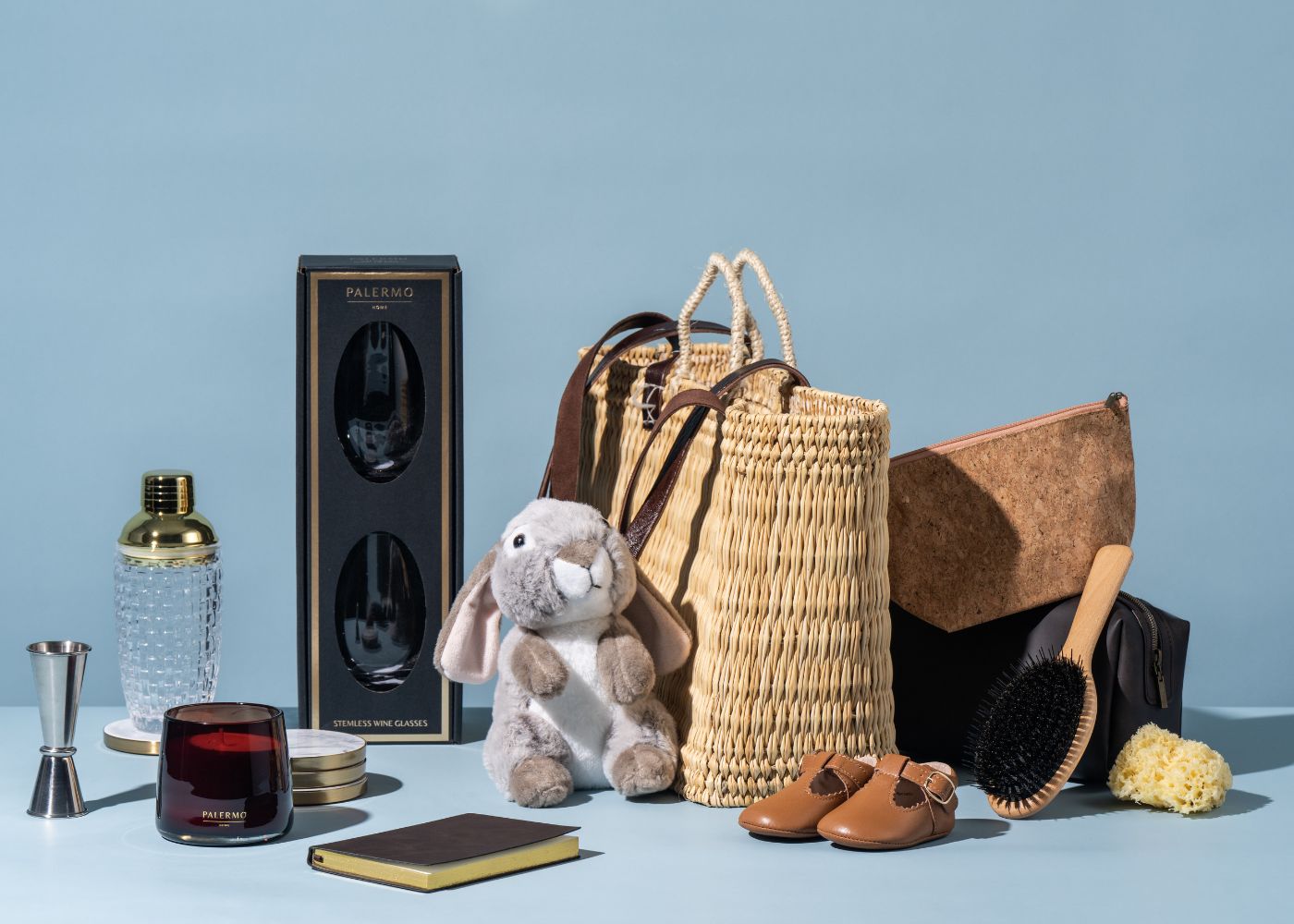Starting a new product design journey can feel overwhelming. From the initial spark of an idea to seeing a finished product on the shelf, there are many steps, decisions, and challenges along the way. But with a clear roadmap and the right support, you can navigate the process confidently and create something truly impactful.
At Nextpack, we’ve been helping brands design and develop innovative products for over 20 years. We understand that successful product design is about more than just aesthetics – it’s about solving real problems, meeting user needs, and balancing creativity with practical manufacturing realities.
Whether you’re a first-timer or a seasoned pro looking to refine your process, knowing the essential stages of product design is key. From identifying the problem or opportunity, to brainstorming ideas, prototyping, testing, planning manufacturing, and finally launching your product with a strong marketing strategy – each step builds on the last to create a product that’s ready to succeed in the market.
In this guide, we’ll walk you through these seven crucial steps, sharing insights and tips to help you make smart decisions, avoid common pitfalls, and bring your vision to life. Along the way, you’ll see how Nextpack’s expertise and hands-on approach can support you at every stage, ensuring your product isn’t just designed well, but manufactured efficiently and launched effectively.
Ready to get started? Let’s dive into the product design journey, step by step.

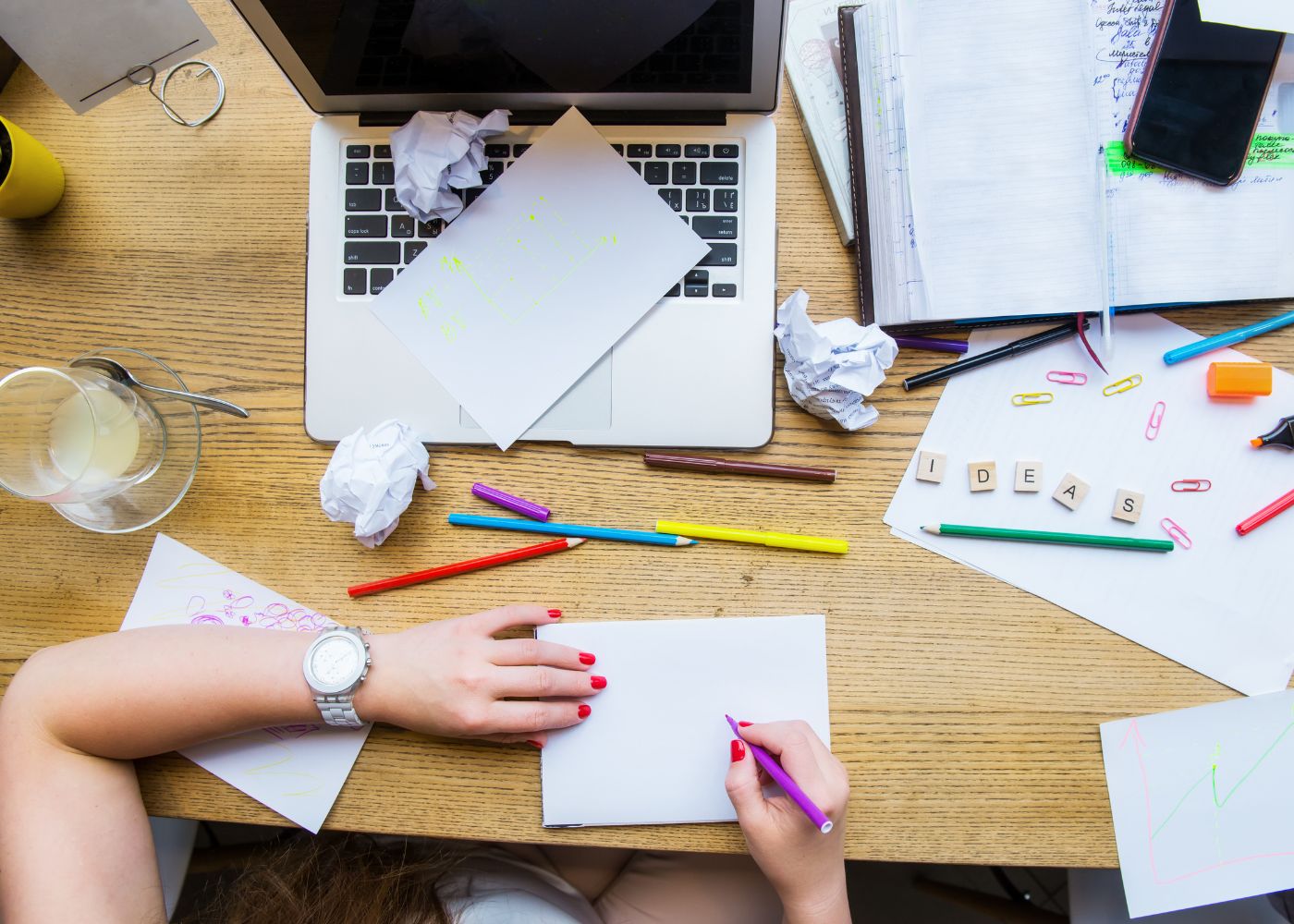
1. Identify the Problem or Opportunity
Every successful product begins with a clear understanding of the problem it aims to solve or the opportunity it intends to seize. Before sketching or prototyping, it’s essential to identify why the product should exist and who it will serve. Without this foundation, even the most beautifully designed product risks missing the mark or failing to connect with its audience.
At Nextpack, we believe this first step shapes the entire product journey. Understanding customer needs and pain points is key. This means engaging directly with your audience -through surveys, interviews, or focus groups – to uncover frustrations and gaps in current solutions. It’s not just about what people want, but why they want it. These insights form the foundation of meaningful product design.
It’s also vital to watch the broader market. Trends shift, and spotting where competitors fall short can open opportunities to innovate. Whether it’s a missing feature, quality gap, or growing demand for sustainability, these openings allow your product to stand out.
With over 20 years of product design experience across industries, the Nextpack team knows how to combine user insight with market understanding to define a clear, focused product goal. If you’re unsure where to begin or want a sounding board for your ideas, we can guide you through this crucial first step.
By grounding your product design in thorough research and a strong purpose, you set the stage for success in every phase, from concept and prototyping to manufacturing and launch. This clarity creates products that meet real needs while strengthening your brand’s position in the market.
If you’re ready to turn ideas into products that make a difference, Nextpack is here to help you start strong.
2. Conduct Market Research
Once you’ve identified the problem or opportunity, the next step is to dive into market research. Understanding your target audience, competitors, and the broader industry is essential to validate your idea and ensure it has a place in the market.
Market research isn’t just about data – it’s about uncovering insights that guide smarter design decisions. At Nextpack, we believe thorough research can turn a good idea into a great product. By gathering feedback through surveys, interviews, or focus groups, you can understand customer preferences, pain points, and buying behaviours on a deeper level. These insights help tailor your product so it truly meets their needs and stands out in a crowded marketplace.
Keeping an eye on competitors is equally important. What are they offering? Where are the gaps or weaknesses in their products? What can you do differently or better? Competitive analysis helps you avoid reinventing the wheel and reveals opportunities to innovate or improve.
Industry trends also play a key role. Markets evolve, consumer priorities shift, and new technologies emerge. Staying aware of these changes allows you to future-proof your product and keep it relevant. Whether it’s sustainability, convenience, or aesthetics, aligning with current trends can give your product an edge.
With over 20 years of product development experience, Nextpack knows how to turn market research into actionable strategies. We work closely with clients to interpret findings and refine concepts to match real demand. If you want to ensure your product idea is built on a solid foundation, thorough market research is the place to start.
By investing in this phase, you set yourself up for a smoother design process and a product that resonates from day one. When you’re ready, Nextpack can help you move confidently to the next step of your product design journey.


3. Brainstorm & Generate Ideas
After gathering insights from your market research, it’s time to get creative. Brainstorming and idea generation are where your product begins to take shape. This phase is about exploring a wide range of solutions to address the problem or opportunity you’ve identified.
At Nextpack, we encourage clients to embrace this stage with an open mind. Don’t limit yourself to one idea; sometimes the best solutions come from unexpected places. Whether sketching concepts, jotting notes, or collaborating in creative sessions, this is where innovation happens.
Sketching is especially valuable. It doesn’t have to be perfect; the goal is to visualise ideas and explore how they might work. Early sketches help communicate your vision, identify potential challenges, and experiment with different forms, functions, and features.
Exploring multiple ideas lets you compare and contrast before settling on a direction. One design may excel in simplicity, another in functionality, and combining elements often produces stronger results.
Nextpack’s experienced design team has been through countless brainstorming sessions and product iterations. We know the best ideas are rarely the first ones – flexibility and collaboration are key. We work closely with clients to turn sparks into viable, exciting concepts that align with manufacturing realities.
It’s also essential to keep the user front and centre. Every idea should be evaluated on how well it solves the problem, meets user needs, and fits your brand’s vision. This user-focused approach ensures your creativity translates into products that truly resonate with your audience.
By investing energy into brainstorming and generating diverse ideas, you create a strong foundation for the next stages of product development. When you’re ready to move forward, Nextpack can help refine your concepts into prototypes that bring your vision to life.
4. Create Sketches and Prototypes
Once you have a range of ideas, it’s time to bring them to life through sketches and prototypes. This stage transforms concepts into visual and physical forms, allowing you to test how your product might look, feel, and function in the real world.
At Nextpack, sketches are more than drawings – they’re a communication tool to explore form, features, and user interaction. Early sketches don’t need to be perfect; their purpose is to capture your vision and identify design challenges. Whether hand-drawn or digital, these visuals help everyone see how elements work together.
Moving from sketches to prototypes is a crucial leap. Prototypes – whether physical models, 3D prints, or digital mock-ups – simulate how your product will work. They offer a hands-on way to test usability, ergonomics, and functionality, revealing what works, what doesn’t, and what needs improvement before costly manufacturing begins.
Prototyping is an iterative process. Rarely does the first version get it right. Multiple rounds of testing and refinement hone the design closer to ideal, saving time and money by catching issues early.
Manufacturing viability is another key factor. From the outset, we consider materials, machinery, and processes to ensure the design can be produced efficiently. This foresight helps avoid expensive redesigns later.
Our experienced team works with you to ensure prototypes are not only visually compelling but also practical and production-ready.
By investing in thorough sketching and prototyping, you build confidence in your product’s design and usability. This stage bridges creativity with reality, setting the foundation for successful manufacturing and market launch.
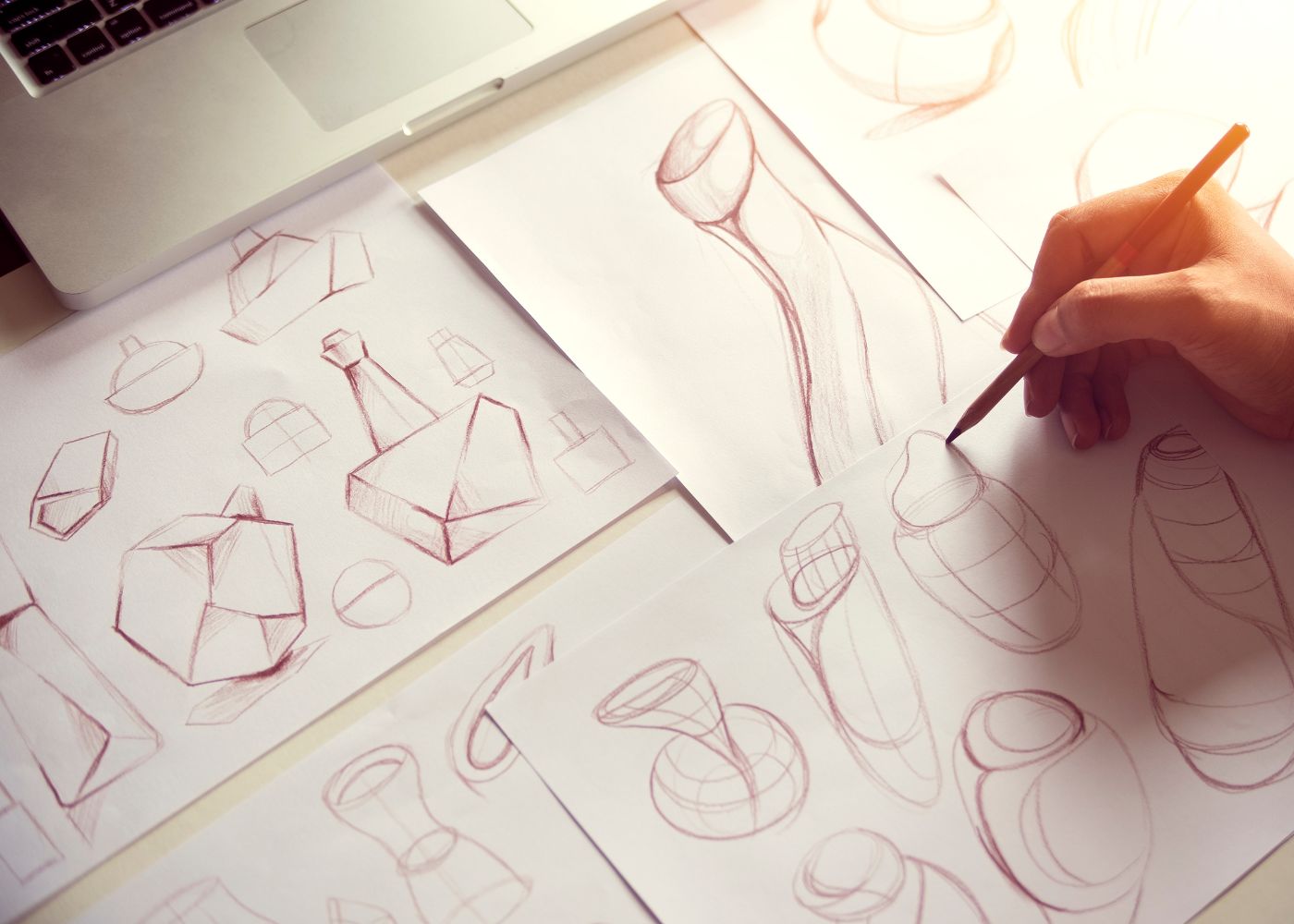

5. Test and Gather Feedback
After creating prototypes, the next vital step is testing and gathering feedback. This phase puts your product in the hands of real users or stakeholders to see how it performs and uncover opportunities for improvement.
At Nextpack, we believe testing is where good designs become great. Usability testing lets you observe how people interact with your product – how intuitive it is, how comfortable it feels, and whether it meets their needs effectively. Feedback from actual users is invaluable.
Gathering feedback isn’t just about compliments; it’s about identifying pain points and areas for improvement you might not have anticipated. Whether it’s a tweak to the shape, a change in materials, or a missing feature, these insights help refine your design to better serve your audience.
Approach this step with an open mind. Rarely is a prototype perfect at first. Multiple rounds of testing and refinement are often needed to achieve a product that balances form, function, and user satisfaction. Each cycle of feedback brings you closer to an ideal final design.
At Nextpack, we go beyond standard testing. We use prototypes ourselves and scrutinise every detail to ensure durability, usability, and quality. This hands-on approach complements user feedback and identifies potential issues before manufacturing.
The goal of testing isn’t just to validate your design but to improve it. Listening to users and adapting your design can make the difference between a product that’s merely good and one that truly stands out.
By dedicating time to thorough testing and feedback, you reduce the risk of costly errors and increase the chances of launching a product that delights customers and performs reliably in the market.
6. Plan for Manufacturing
After finalising your design through testing and refinement, the next critical step is planning for manufacturing. This phase bridges the gap between concept and a finished product ready for the market, requiring careful consideration of materials, production methods, costs, and quality standards.
Choosing the right materials is essential. They affect durability, appearance, sustainability, and cost. At Nextpack, we help evaluate options that balance performance with budget and environmental considerations, ensuring your product meets both brand values and customer expectations.
Production methods are equally important. Different processes have varying capabilities, lead times, and costs. Whether injection moulding, die-cutting, or thermoforming, selecting the right method early helps avoid costly redesigns or delays. We work with trusted manufacturers who provide technical guidance and expertise.
Cost management is a balancing act. Prioritising quality and efficiency often leads to better long-term results. A well-planned manufacturing strategy considers economies of scale, material sourcing, and production timelines to optimise costs without compromising product integrity.
Collaboration with your manufacturer is vital. Clear communication ensures alignment on specifications, tolerances, and quality expectations. Together, you can establish quality control processes to catch issues before products reach customers.
At Nextpack, we guide you through each step of manufacturing planning. Our industry experience helps identify potential challenges early and ensures designs are production-ready. This proactive approach reduces risks and sets the stage for a smooth, efficient manufacturing run.
By investing time and expertise into manufacturing planning, you’re not just producing a product—you’re building a foundation for success that combines design excellence with practical execution.
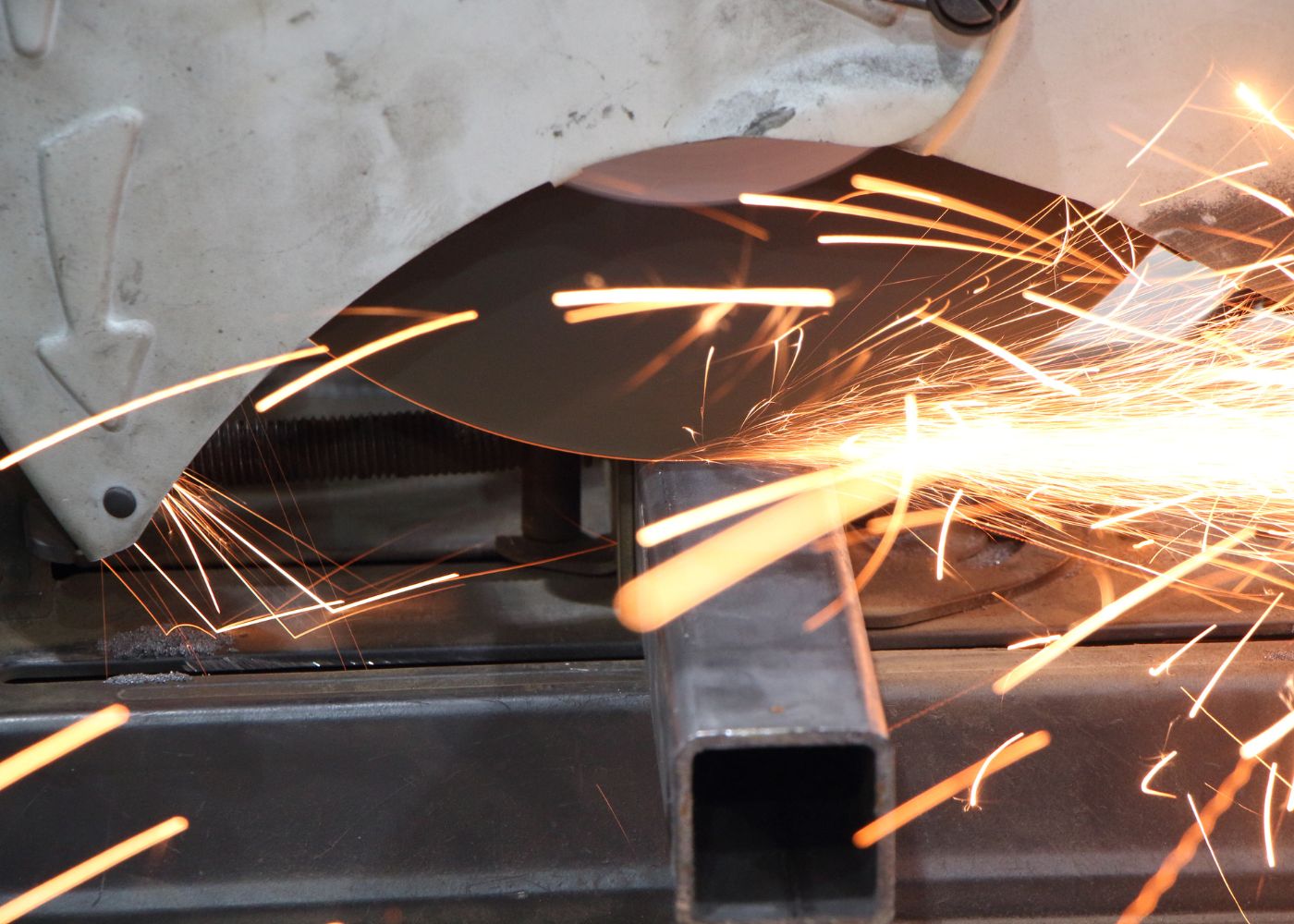
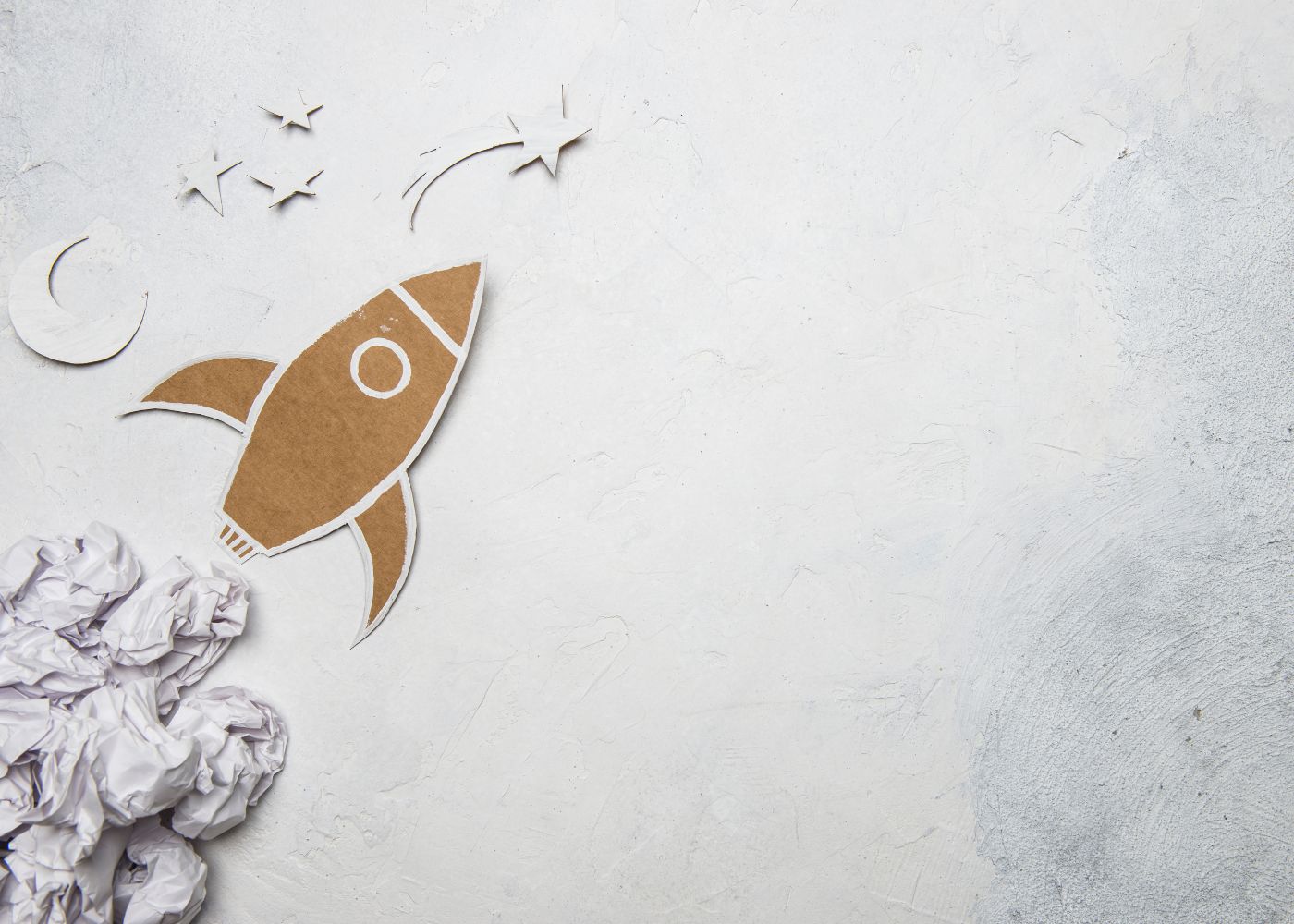
7. Launch and Market Your Product
With your product manufactured and ready, the next step is launching and marketing it to the world. A strong launch strategy ensures your product reaches the right audience and gains the attention it deserves.
Start by crafting a clear marketing plan that highlights what makes your product unique. What problems does it solve? What benefits set it apart from competitors? Communicating these points effectively builds a compelling story that resonates with your target customers.
Today’s marketing landscape offers many channels to connect with your audience – from social media and email campaigns to influencer partnerships and traditional advertising. Choosing the right mix depends on your product, market, and budget. At Nextpack, we help brands identify and leverage the most effective platforms to maximise impact and engagement.
Launching your product is not just a one-time event but the start of an ongoing journey. Gathering feedback post-launch is crucial. Real-world insights show how your product performs in everyday use, what users love, and where improvements may be needed.
Use this feedback to make informed decisions about product tweaks, updates, or new features. This cycle of continuous improvement keeps your product relevant and competitive over time, strengthening your brand’s reputation and customer loyalty.
A successful launch combines preparation, clear communication, and responsiveness to your market’s needs. At Nextpack, we don’t just help you create great products—we support you in telling their story and growing your brand beyond the first sale.
By planning your launch thoughtfully and staying attuned to customer feedback, you set your product up for lasting success and meaningful connection with your audience.
Conclusion
Product design is a rewarding but complex journey that requires creativity, strategy, and careful planning. From the first spark of an idea to the moment your product reaches customers, every step plays a crucial role in shaping its success.
By clearly identifying the problem or opportunity, conducting thorough research, brainstorming and prototyping, rigorously testing, planning to manufacture thoughtfully, and launching with a strong marketing strategy, you build a solid foundation for a product that resonates with your audience and stands out in the market.
At Nextpack, we know the value of partnering with experienced experts who understand the full product lifecycle. Our team is here to guide you through each phase, offering practical solutions, technical insights, and personalised support to help turn your ideas into reality – efficiently, sustainably, and with impact.
Remember, product design isn’t just about making something new; it’s about crafting an experience that meets real needs and creates lasting value. Staying open to feedback, embracing iteration, and keeping your users front of mind will set you on the path to success.
No matter where you are in your product design journey, Nextpack is ready to support you with the expertise and resources to make your vision come alive. Let’s create products that don’t just look great but truly make a difference.
